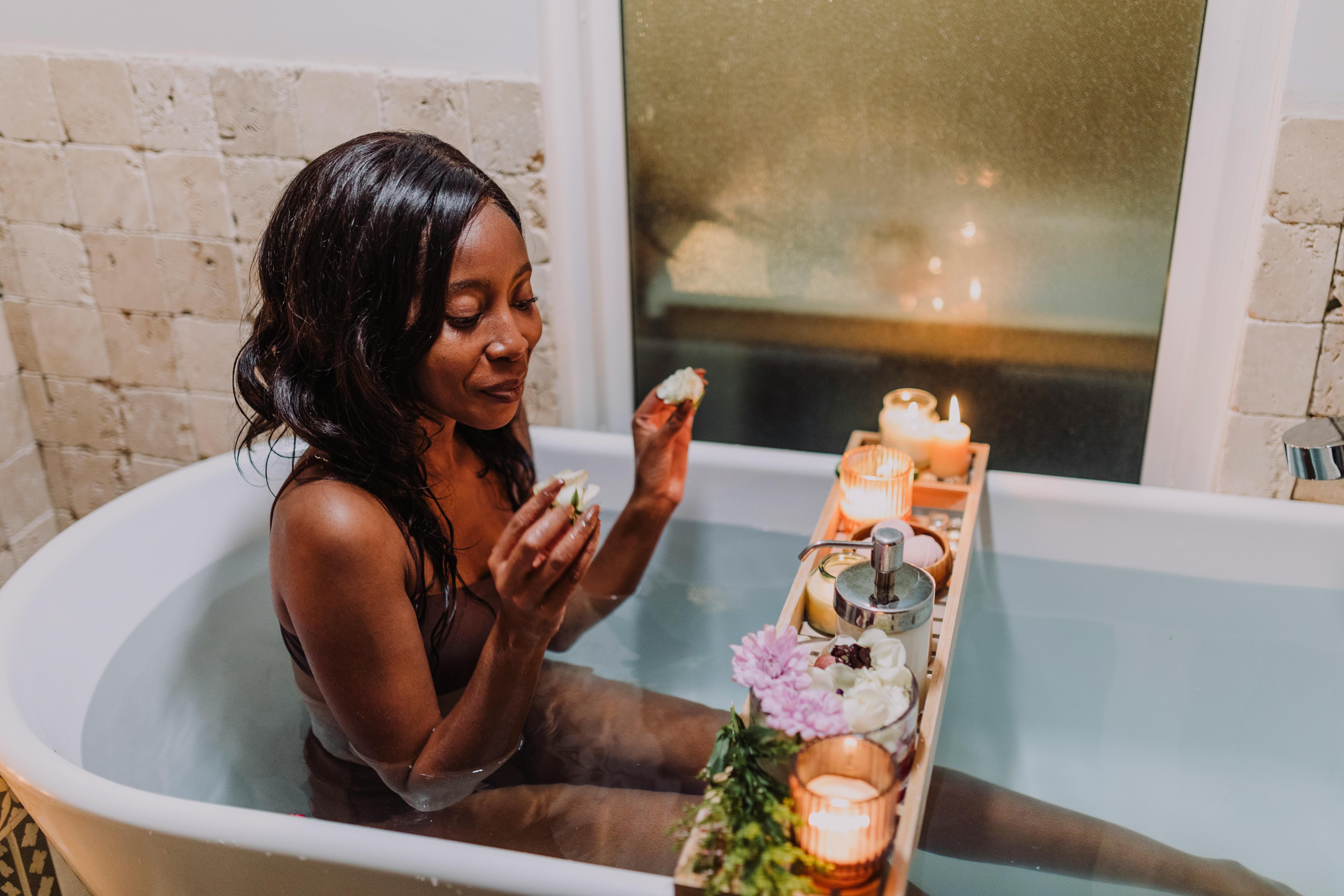
Measurement of ears with stretched piercings
Earlobe stretch piercings can be obtained by measuring the ears to a specific piercing size, either all at once or through several successive earlobe stretches. A lot depends on how big you want your piercing to be, and anything that’s a larger gauge than the above will involve more of a stretch.
Ear sizing is carried out using ‘gauge numbers’ which refer to a specific diameter of the hole. For example, 20 gauge is written as 20g, and that refers to a 0.8mm diameter perforation. 18g refers to a 1mm diameter piercing, so as the gauge numbers drop, the diameter increases. Also, the gauges drop two at a time, so there are no odd gauge numbers. So the sequence goes: 20g, 18g, 16g, 14g and so on up to 00g. So one gauge step down is from one even number to the next and from one lower to higher bore diameter.
When measuring ears, you should stretch the piercings in one gauge step. So if you want to change from 16g to 14g (1.2mm to 1.6mm), you can do it in one step. However, if you wanted to go from 16g to 8g (1.2mm to 3.2mm), you would have to do it in four steps, with four drawn perforations, each one gauge level.
When getting your earlobes pierced with the intention of increasing the gauge to a fairly high diameter for some beautiful big diameter bars you’ve seen or even a tunnel of fresh meat, consider the starting diameter first: the larger the starting diameter , less Earlobe stretching steps you’ll need to take to reach your preferred diameter. Don’t get your ears pierced at a mall with a gun because they usually pierce at 20g or 18g max.
Get started with a professional piercing
Have a professional do the initial earlobe piercing with a needle. It’s worth the extra expense, and a professional will pierce your earlobes up to 16g, thus saving you a whole step of measuring your ears to the desired size. Let the professional know what he intends to do and you’ll be given expert advice, and you might even agree to have the professional do the measurement for you.
It is possible for people to get their own stretched piercings, and most do, to be honest, but only once they are sure the initial piercing has fully healed. If you start too soon, you could burst the piercing or split the skin, and any attempt to measure your ears after that could be impossible. Gauging your ears is a skill that must be learned, so follow all the advice you can find if you want to be able to show off these fabulous weights that you have seen.
It is also essential to wait until each stretch has settled properly, the skin has properly thickened and tightened, before moving on to the next gauge. This will take about 3 times the time it takes for the initial piercing to heal, but don’t rush it.
Ear jewelry: when measuring ears and after
The ear jewelry available for stretched piercings is fabulous. When choosing the jewelry to wear during the ear measurement process, you need to consider possible infections and allergies, and surgical stainless steel and titanium are best. However, once you have reached your target gauge and your stretched piercings have fully healed, you will have a wonderful world of amazing jewelry in materials too brittle to be used in high gauge pins or bars.
You can use bone, horn, wood, stone, and even amber and glass, many of which also help keep the piercing clean and not clogged with oils from your skin. You can also wear acrylic and metal ear jewelry in many shapes and sizes. Many are happy with large earrings, while others prefer large diameter hoops, bars and regular earrings. Others love to wear solid cylindrical plugs, either flared or supported by O-rings and ear weights made from any material under the sun, although silver, bronze, brass and copper are common. The really rich have theirs made of solid gold.
Meat tunnels are popular
An alternative to the regular type of ear jewelry is the hollow plug type known as a flesh tunnel. These are especially used for larger diameter stretched piercings, and when measuring ears this is usually the end goal. Flesh tunnels are available in many different materials and are held in place in the same way as plugs: with flares, o-rings, or with a screw on the back piece. Some people have beads or other forms of decorative items threaded through their flesh tunnels, and these are often used as a mark of how far a person has managed to go with their piercings stretched out.
Therefore, people carry out ear measurement with stretched piercings both for its decorative effect and to show off its ear-stretching abilities. Whatever the reason, keep in mind the gauge of your initial piercing and that everything related to calibrating your ears should be sterilized and kept clean and germ-free. Make sure each stage is fully healed before starting the next one, and you shouldn’t have any real problems.
